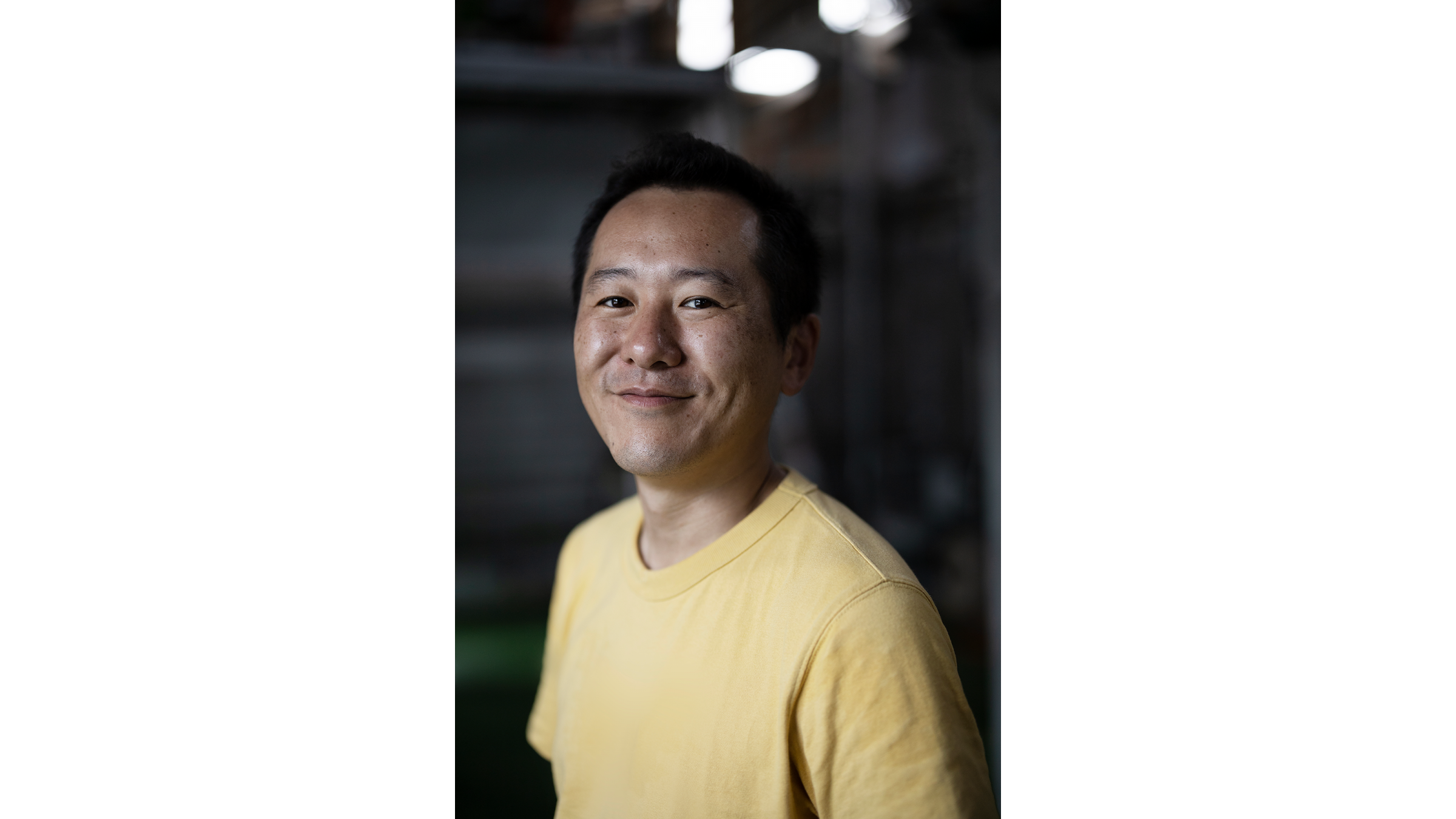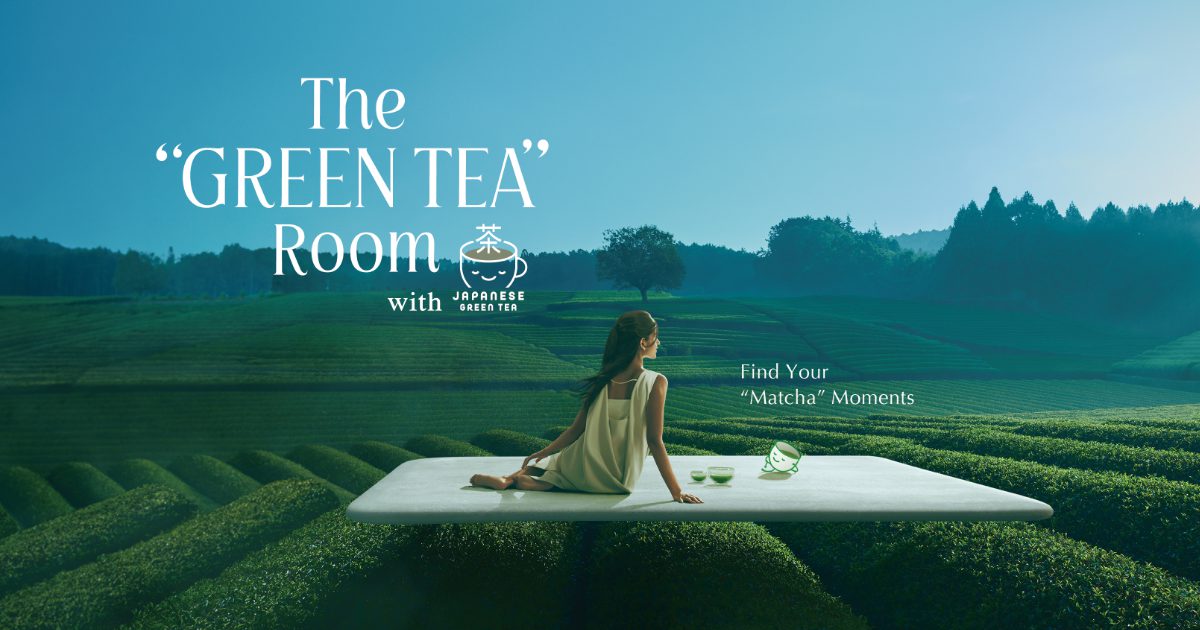Japanese green tea – sharing a taste of culture
Kagoshima Seicha is a company with a history of over 140 years based in Kagoshima City, Kagoshima Prefecture in southern Japan. The company is involved in tea production and also retail sales at their main tea shop, Birouen.
We spoke to Yuki Tomiyama, International Sales Manager at Kagoshima Seicha, about its unique ways of promoting Japanese culture and its selective approach to purchasing tea.
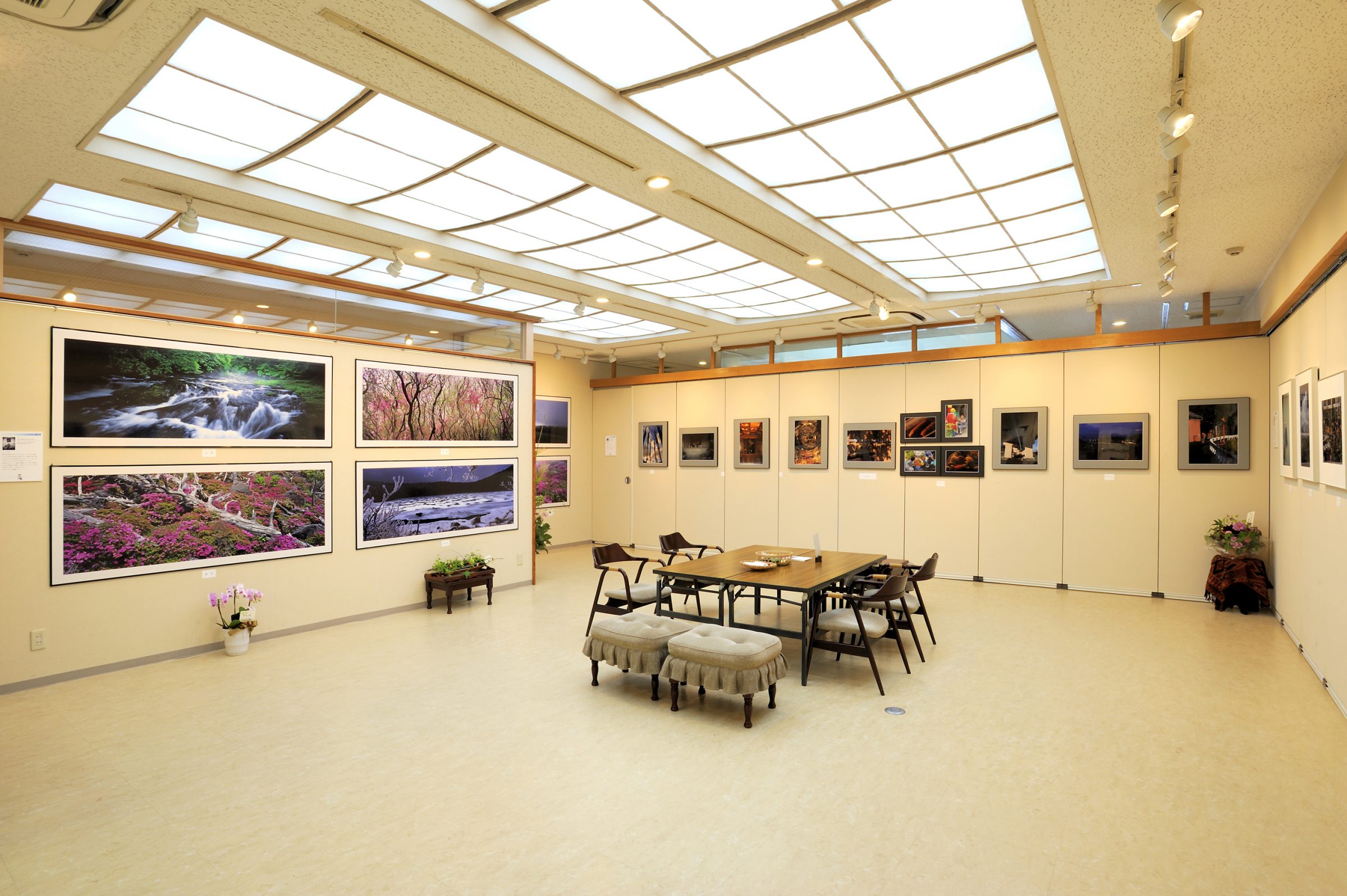
Yuki : Our philosophy is to share Japanese culture through Japanese green tea. The idea is that Japanese green tea should be a trigger, a catalyst.
Through our Japanese green tea, people may think Kagoshima green tea is delicious, then wonder exactly where Kagoshima is in Japan. We hope that would maybe inspire them to visit Kagoshima and southern Japan. With this in mind, we work on various Japanese green tea-related cultural activities for overseas visitors.
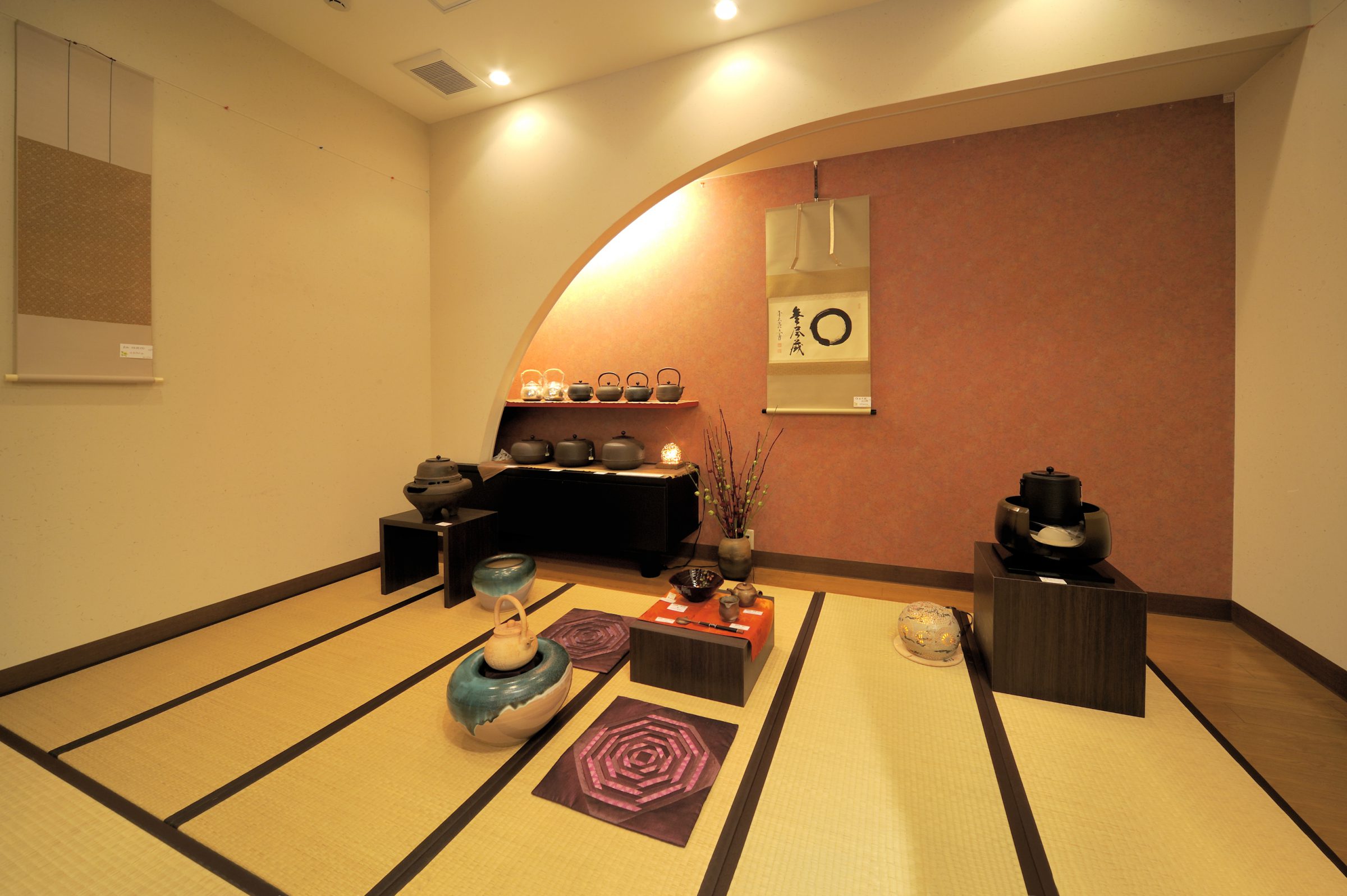
Yuki: Japanese green tea cultivation in Kagoshima is divided between the flatland area near the sea in the south and the mountainous area in the north. In the flatter region, the tea leaves are smaller and there are more of them. The smaller leaves are more suited to long steaming when the unrefined leaves are processed after harvesting.
It’s the weight of the tea that gives it its characteristic taste. Many of the teas have a strong taste on the tongue, with astringent and bitter flavors and a good taste. On the other hand, in the mountains in the north, where the altitude is about 1300 feet, the leaves are larger, and the tea has a more intense flavor and aroma. As well as its delicious flavor, the tea also has a strong nose aroma. To bring out a strong aroma, the leaves need to be rubbed firmly, and these bigger leaves suit this process.
In Kagoshima, the most common cultivation method is to shade the plants before picking. By blocking the sunshine, theanine, which is connected to the umami, doesn’t change to catechin, giving the tea a stronger level of umami taste. It also increases the amount of chlorophyll in the tea leaves, giving them a beautiful dark green color.
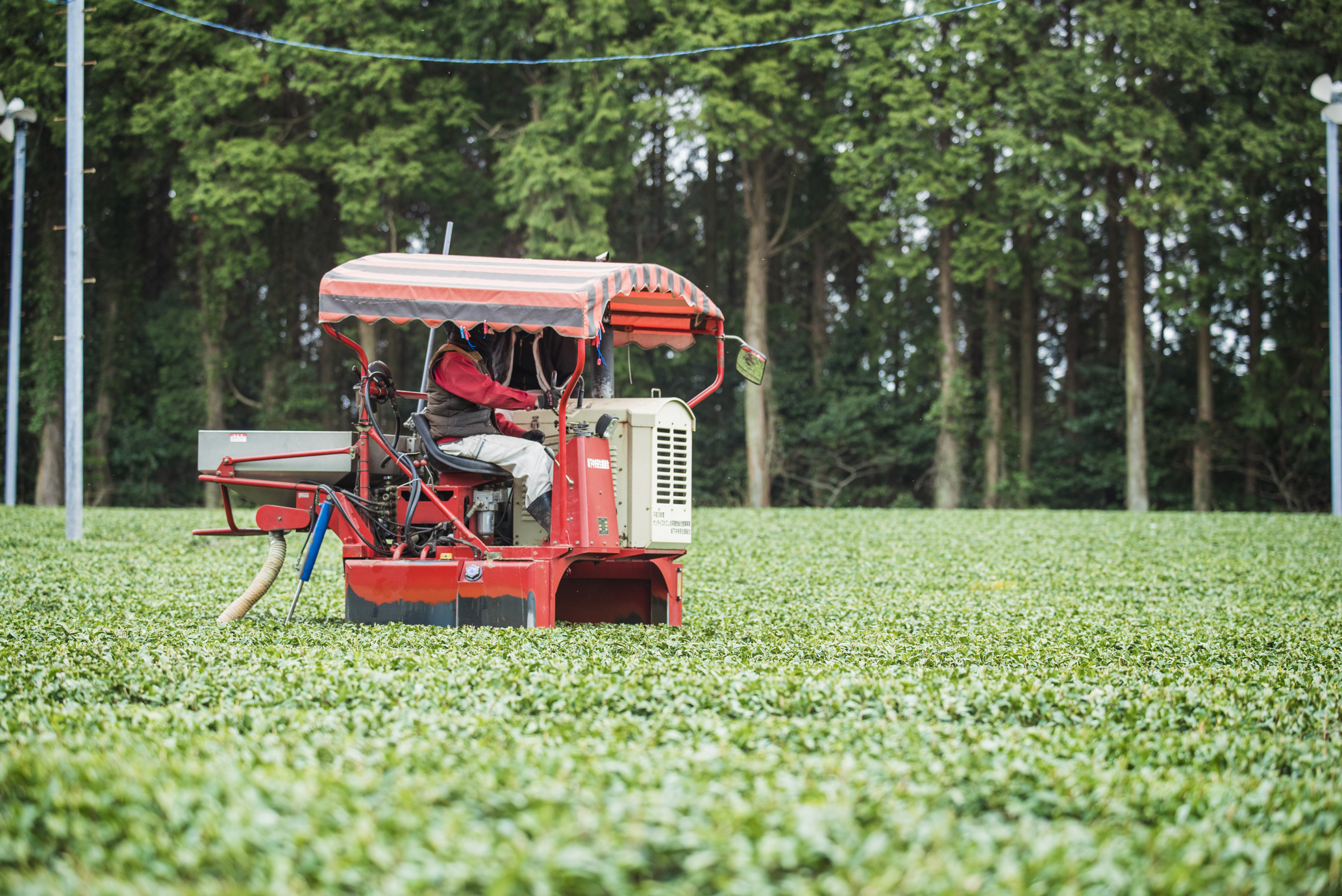
Yuki: We do two main types of purchasing – direct from contracted farmers, and also from the Kagoshima prefectural tea market.
The purchase of unrefined tea lasts from April, when the harvest of new tea starts, to autumn, when the autumn/winter bancha harvest starts. During the peak season (around 10 April to 10 May), we start checking dozens of unrefined teas delivered by our contract farmers at around 6am each day. After checking these, we go to Kagoshima tea market to bid, and there are around 1500-1600 lots of unprocessed tea in the market. After the bidding is over, we go back to the office to check the afternoon delivery from the contracted farmers. We sort the tea into different categories and decide which tea to distribute, and we do all this every day.
We also discuss various things with the contract farmers such as the quality of the tea, and cultivation and processing methods.
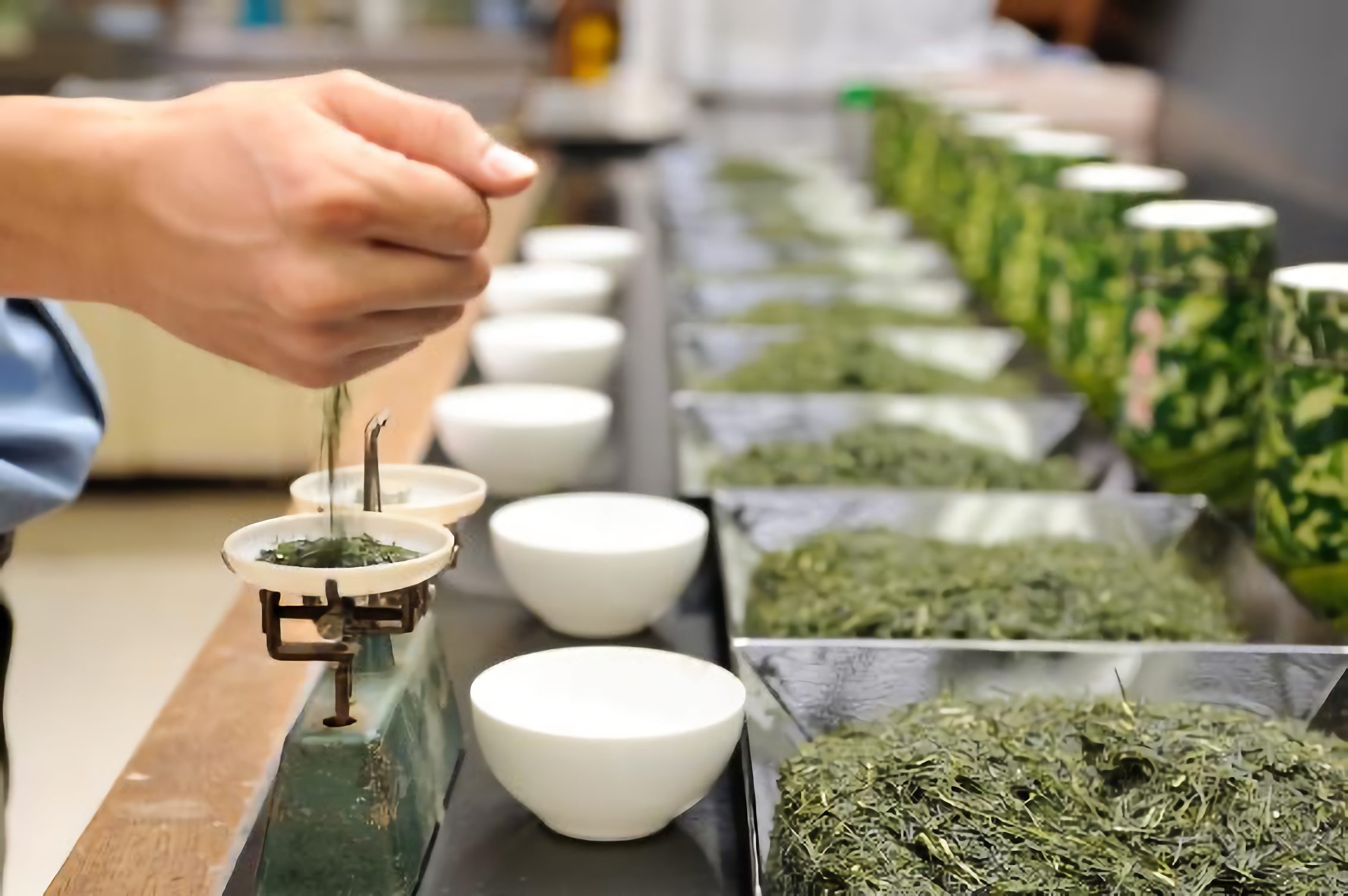
Yuki: We've devised a qualification standard for sensory evaluation using sight, sound, taste, smell, and touch to evaluate the quality of our products. This qualification is awarded after considering experience bidding for stock and the number of years of service. Only those qualified as sensory judges or above are given the right to decide how unrefined tea can be blended. Every step of the tea-making process, including finishing, roasting, and blending, is subject to repeated sensory evaluation to ensure quality.
Even if the same cultivation method is used every year, it's not always possible to produce the same taste in the base Japanese green tea. To maintain the same quality as previous years, the sensory judges' ability to determine the proportion of rough tea and how it should be used is key.
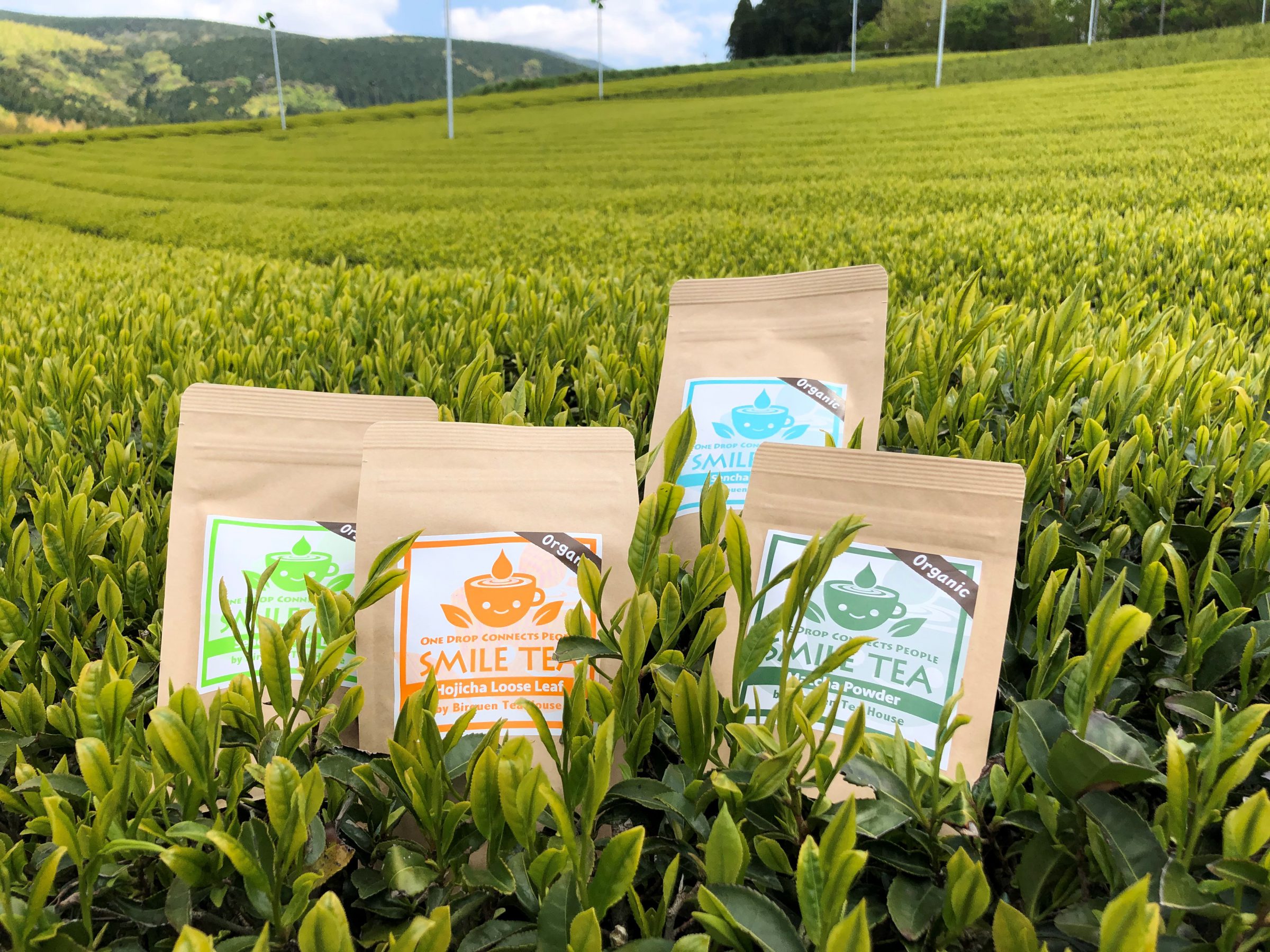
Yuki: The International Sales Section is mainly responsible for developing overseas sales channels. We mainly distribute bulk products to overseas markets, but we also adjust the proportions and finishes of blends to suit the needs of our customers, and we sometimes also develop OEM products.
Due to the recent impact of Covid 19, I haven’t been able to travel much, but I would normally visit different regions for tastings and research. In the future, we would like to improve the quality and status of organic green tea. There is a high demand for organic green tea overseas, and the number of farmers in Kagoshima who are converting to organic tea is increasing. We hope that our efforts to expand the sales channels for organic green tea will boost organic farming throughout Kagoshima.
Yuki: I feel like interest in Japanese green tea has been increasing, especially in the last two or three years. The number of people familiar with the different types of Japanese green tea is increasing, and the number who understand the differences in taste between different varieties is too. We have a traceability system for all our products, but we limit the origin to some extent for our overseas products.
Yuki: We had a lot of requests for " Stylishly packaged Japanese green tea" in a survey, so in 2014 we developed a product called "Satsumarché," based on the idea of "happy to receive and fun to give." We wanted to develop a product for our target customer of women in their 20s to 40s, so we formed a team of female staff from all our departments. The results look fashionable and are in high demand in our stores, and many customers buy them as gifts. Satsumarché was awarded the highest gold medal at the World Green Tea Contest 2014.
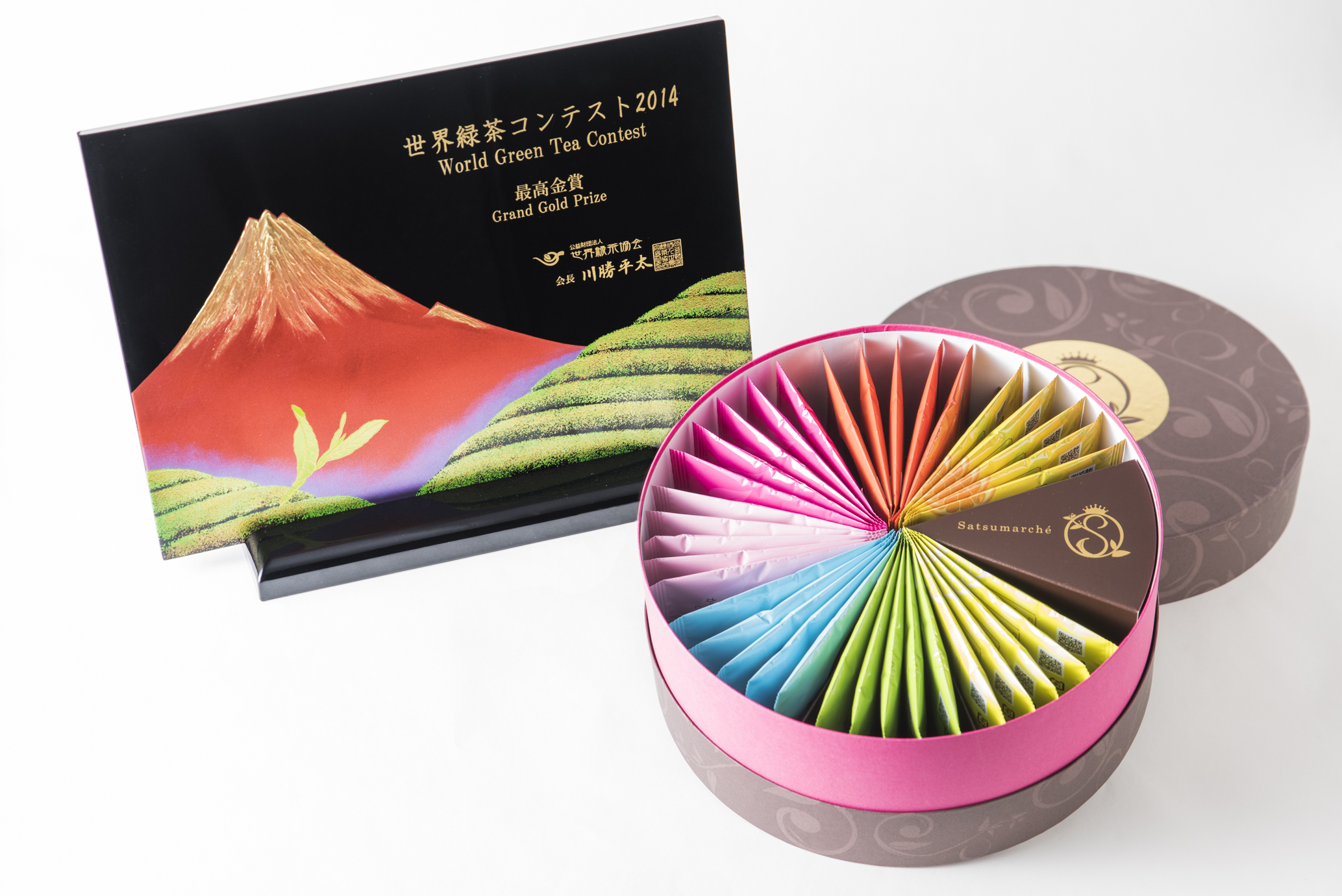
Awarded the Gold Medal at the World Green Tea Competition 2014
Yuki: I feel that Japanese green tea is something to enjoy and drink as you like. Drink it when you want, how you want, brewed how you wish. Japanese green tea is something free. If you brew it with boiling water, it becomes sharper and more astringent; brewing it with lukewarm water, the umami flavor is much stronger. The same Japanese green tea can vary greatly depending on how you drink it. When I drink Japanese green tea with food, I brew it with hot water for a sharper flavor. On the other hand, if I’m taking a break, I like to brew it lukewarm to taste the tea and relax. So, for me, drinking Japanese Green Tea is a way of being myself and having fun.
